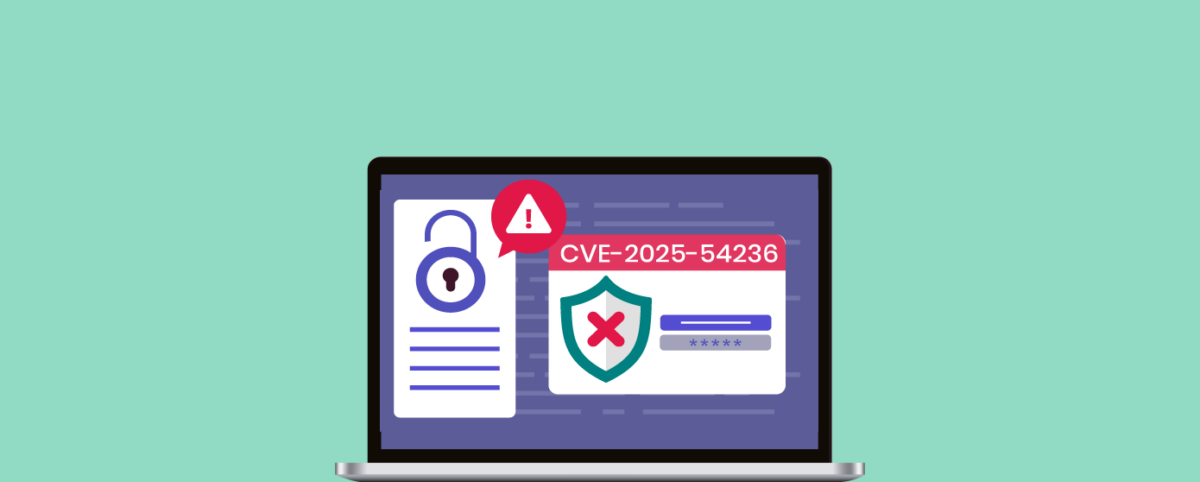Health Industry Cybersecurity Practices: From Risk to Resilience
The healthcare industry continues to face aggressive and persistent cybersecurity threats from ransomware to data breaches placing both patient safety and business continuity at risk. According to IBM’s 2024 Cost of a Data Breach Report, healthcare had the highest average data breach cost for the 13th year in a row.
While large healthcare organizations often have the resources to respond, smaller providers like ambulatory clinics and specialty practices are particularly vulnerable due to limited budgets, lack of dedicated IT staff, and low cybersecurity awareness.
To help these organizations, Technical Volume 1 of the HHS 405(d) Health Industry Cybersecurity Practices (HICP) outlines key cybersecurity practices tailored for small healthcare environments. In this blog, we map essential HICP practices to AppTrana’s capabilities, showcasing how a managed WAAP platform can fill security gaps and support compliance.
Critical Health Industry Cybersecurity Practices
Cybersecurity Practice #1: Data Protection and Loss Prevention
NIST Framework Reference: ID.GV-1, PR.DS-1, PR.DS-2, PR.DS-5, PR.AT-1
Objective: Prevent data loss, theft, or unauthorized access to PHI and sensitive info.
Key Sub-Practices:
- Implement data classification policies (e.g., Public, Sensitive, Highly Sensitive)
- Require encryption of data at rest and in transit
- Block use of unencrypted storage media
- Train users on secure data handling and PHI transmission
How AppTrana Helps:
- TLS Termination & HTTPS Enforcement: Ensures all data in transit is encrypted.
- Client-Side Protection: Mitigates risks like Magecart and Formjacking using Content Security Policy (CSP) and JS Integrity.
- Data Loss Prevention: AppTrana WAAP monitors both requests and responses to automatically block data leakage from exposed endpoints or misconfigured APIs. Organizations also have flexibility to deploy application-specific response based policies to prevent data loss.
- End-to-End Protection for Patient Portals: AppTrana WAAP safeguards PHI during transmission with SSL/TLS encryption and uses behavioral-based anomaly detection along with IP and geo-based access controls to prevent unauthorized access.
- Data Masking: Prevents exposure of sensitive fields on the web UI.
Cybersecurity Practice #2: Asset Management
NIST Framework Reference: ID.AM-1 to ID.AM-6, PR.DS-3, PR.IP-6
Objective: Maintain visibility into IT assets to reduce attack surfaces.
Key Sub-Practices:
- Create and maintain an inventory of all IT assets (5.S.A)
- Establish procurement policies and unique asset tags (5.S.B)
- Follow secure decommissioning processes (5.S.C)
How AppTrana Helps:
- External Attack Surface Discovery: Identifies all web-facing assets and APIs in real time, maintaining an up-to-date inventory for complete visibility.
- Vulnerability Intelligence Dashboard: Categorizes assets by exposure, risk score, and remediation urgency.
- Automated Alerts: Notify you of any unauthorized or unknown digital assets detected.
Cybersecurity Practice #3: Vulnerability Management
NIST Framework Reference: PR.IP-12
Objective: Proactively scan, identify, and fix vulnerabilities before they are exploited.
Key Sub-Practices:
- Conduct authenticated scans on web applications (7.S.A)
- Prioritize remediation based on severity
- Track remediation with assigned owners
- Establish monthly patch cycles or use virtual patching when needed
How AppTrana Helps:
- Continuous Vulnerability Scanning: AppTrana’s in-built DAST scanner automates scans of apps, APIs, and internet-facing assets for ongoing security coverage.
- Authenticated Scans: Performs deeper scans using valid credentials to detect vulnerabilities that are hidden behind login screens.
- Risk-Based Prioritization: Assigns severity scores based on exploitability and business impact, along with clear remediation guidance.
- Manual Penetration Testing: Expert-led assessments verify real risks, eliminating false positives and confirming exploitability.
- SwyftComply: Automatically applies virtual patches on the WAF for all open vulnerabilities; no code changes required.
Cybersecurity Practice #4: Cybersecurity Governance & Oversight
NIST Framework Reference: ID.GV-1, ID.AM-6, PR.AT-1, RS.CO
Objective: Establish cybersecurity policies, training, and accountability even without a dedicated security team.
Key Sub-Practices:
- Develop and enforce organizational security policies (10.S.A)
- Create procedures aligned with your policies
- Use self-assessment tools to benchmark progress
How AppTrana Helps:
- Security Reporting: Provides executive-level summaries, remediation reports, and trend analysis to support audits and internal reviews.
- Managed Security Team: AppTrana’s experts proactively monitor threats, configure WAF rules, tune scanning policies, and provide 24×7 protection.
- Zero Vulnerability Report: Get a verified, audit-ready report that confirms no open vulnerabilities, supporting compliance and risk management efforts.
Summary: Requirement-to-Feature Mapping
| Cybersecurity Practice | Requirement No. | What It Requires | AppTrana Capabilities |
| Access Management | 3.S.A | Unique accounts, RBAC, MFA, termination policies | Role-based access, MFA, bot protection |
| Data Protection | 4.S.A, 4.S.B | Data classification, encryption, secure email use | TLS, client-side protection, CSP |
| Asset Management | 5.S.A, 5.S.B, 5.S.C | Inventory, procurement tags, secure decommissioning | Asset discovery, risk scoring |
| Vulnerability Management | 7.S.A | Regular scans, remediation, tracking, patching | Continuous scanning, virtual patching |
| Cybersecurity Oversight | 10.S.A | Policies, procedures, training, accountability | Centralized dashboard, Zero vulnerability report, expert support |
Aligning Security Controls with HHS 405(d)
Smaller healthcare organizations may lack the budget for full-time security teams, but that does not mean they need to compromise on protection. AppTrana provides enterprise-grade, fully managed web application and API security tailored for the resource constraints of even small healthcare organizations.
By aligning directly with HHS’s 405(d) practices and NIST cybersecurity framework, AppTrana helps you not only defend against modern threats but also build a compliant and resilient organization.
Stay tuned for more relevant and interesting security articles. Follow Indusface on Facebook, Twitter, and LinkedIn.


 July 16, 2025
July 16, 2025






